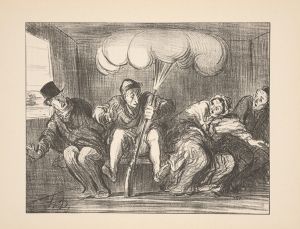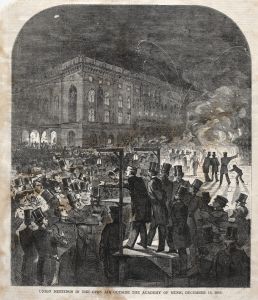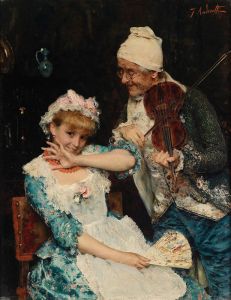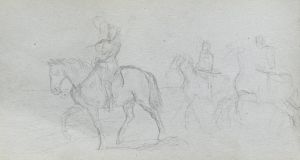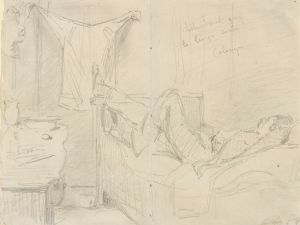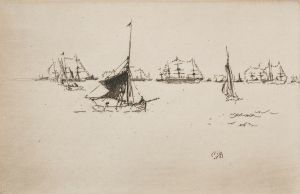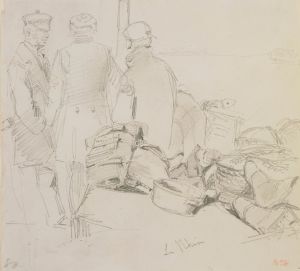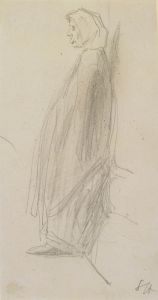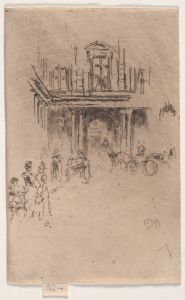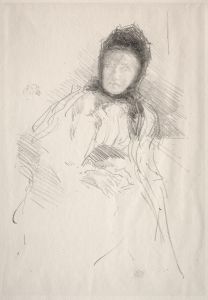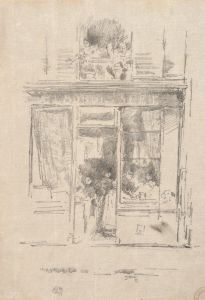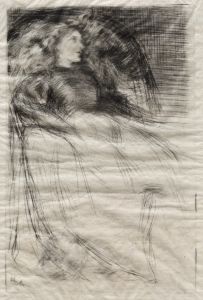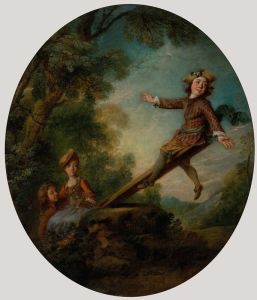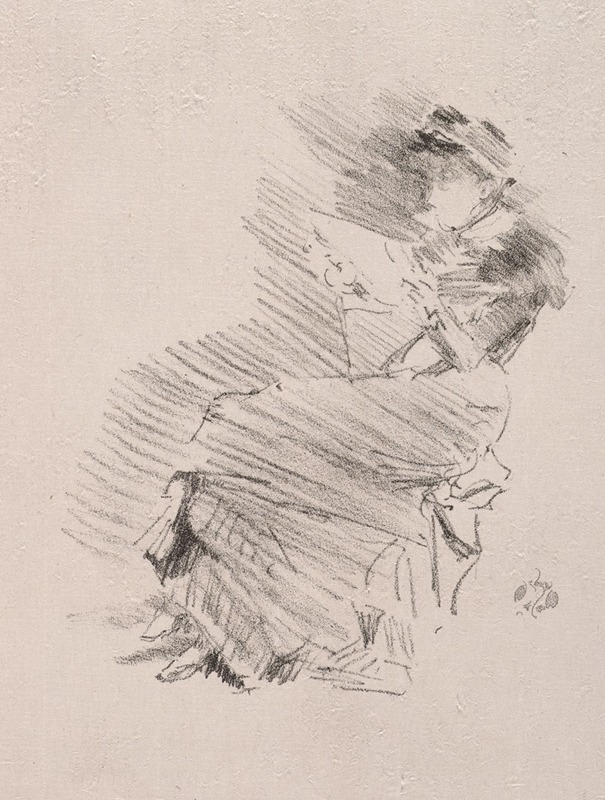
Reading
A hand-painted replica of James Abbott McNeill Whistler’s masterpiece Reading, meticulously crafted by professional artists to capture the true essence of the original. Each piece is created with museum-quality canvas and rare mineral pigments, carefully painted by experienced artists with delicate brushstrokes and rich, layered colors to perfectly recreate the texture of the original artwork. Unlike machine-printed reproductions, this hand-painted version brings the painting to life, infused with the artist’s emotions and skill in every stroke. Whether for personal collection or home decoration, it instantly elevates the artistic atmosphere of any space.
James Abbott McNeill Whistler was an American artist known for his significant contributions to the art world during the late 19th century. One of his works, "Reading," exemplifies his unique style and artistic philosophy. Whistler was a proponent of "art for art's sake," a belief that art should be appreciated for its beauty and form rather than its narrative content or moral message. This philosophy is evident in "Reading," where the focus is on composition, color, and mood rather than a detailed storyline.
"Reading" is a portrait that captures a moment of quiet introspection. The painting features a female figure engrossed in a book, a common theme in Whistler's work, which often depicted women in moments of contemplation or leisure. The subject is portrayed with a sense of elegance and simplicity, reflecting Whistler's interest in capturing the essence of his subjects with minimal distraction. The background is typically subdued, allowing the viewer to focus on the figure and the subtle interplay of light and shadow.
Whistler's technique in "Reading" demonstrates his mastery of tonal harmony and composition. He often employed a limited color palette, using variations of a single hue to create depth and atmosphere. This approach is evident in "Reading," where the delicate balance of colors contributes to the painting's serene and intimate mood. Whistler's brushwork is both precise and fluid, capturing the textures of the fabric and the softness of the figure's features with remarkable skill.
The influence of Japanese art, particularly ukiyo-e prints, is apparent in Whistler's work, including "Reading." He admired the simplicity, asymmetry, and emphasis on line found in Japanese art, and these elements can be seen in the composition and execution of "Reading." The painting's asymmetrical balance and the graceful lines of the figure reflect this influence, adding to the work's overall harmony and elegance.
Whistler's portraits, including "Reading," often focused on the sitter's personality and mood rather than their social status or identity. This approach was somewhat unconventional at the time, as portraiture traditionally emphasized the subject's importance or achievements. In "Reading," the anonymity of the figure allows the viewer to engage with the painting on a more personal and emotional level, inviting contemplation and reflection.
"Reading" is a testament to Whistler's belief in the aesthetic value of art. It embodies his commitment to beauty and form, showcasing his ability to convey emotion and atmosphere through subtle nuances of color and composition. The painting is a fine example of Whistler's artistic vision and his contribution to the development of modern art.
While specific details about the creation and history of "Reading" are limited, the painting remains an important part of Whistler's oeuvre. It reflects his innovative approach to portraiture and his enduring influence on the art world. Whistler's work, including "Reading," continues to be celebrated for its elegance, technical mastery, and the artist's dedication to the principles of beauty and harmony in art.






